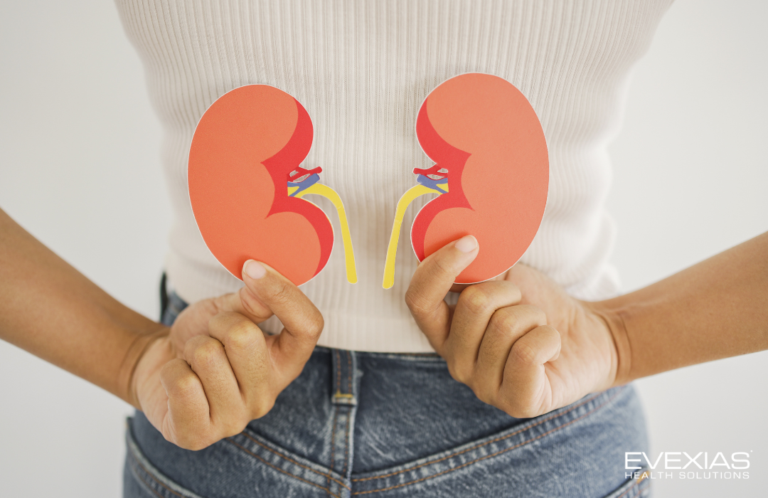Article Reviewed By The Medical Faculty and Advisory Review Board
Menopause signifies the end of female reproduction, and it’s a stage of life that all women will face.
Most women know about menopause and have an idea of what to expect, but we want to use this article to break down the phases of menopause and focus specifically on perimenopause.
Managing Menopause
Menopause is not talked about clearly in the media and is often portrayed as women having hot flashes or being irritable in the movies, but the truth is menopause is a process and can last years while affecting every woman differently.
Menopause is not a linear process; there are three stages to understand.
1. Perimenopause
(Our main focus today) begins when a woman 40s-50s when the ovaries produce less estrogen and estrogen levels begin to fluctuate.
Some women may have spikes in estrogen which are just as dangerous as not enough estrogen. This can last anywhere from 2-8 years and have a wide range of physical and mental effects.
2. Menopause
When a woman has not had a period for 12 consecutive months she is diagnosed with menopause. Technically everything after this one day is post-menopause.
3. Post-Menopause
This transition is different for every woman, and some women may have serious side effects while others don’t. Even if you do not experience any symptoms, the new low levels of estrogen open you up to serious diseases like Alzheimer’s, certain cancers, and more.
After seeing the breakdown of the phases of menopause, our hope is you can understand this transition of life requires regular monitoring and routine care as this new hormone imbalance can leave you vulnerable to serious health complications.
Symptoms of Perimenopause
Typically, women are in their 40s when they are entering this phase. However, it’s important to speak with your doctor if you identify with two or more symptoms on this list:
- Irregular periods
- Insomnia
- Night sweats
- Hot flashes
- Mood disorders
- Weight gain (with no changes to diet or exercise)
- Thinning/brittle hair
- Depression
- Heavier menstrual flows
- New anxiety
- Increased premenstrual headaches
Tackle the Symptoms
Most of these symptoms can have a huge impact on your life and daily routine. To lessen symptoms and continue living your life to the fullest, here are some great ways to tackle symptoms.
1. Identify Triggers
What brings on your symptoms? For most women, it’s spicy food, caffeine, and alcohol; especially when consumed at night.
Take note of what is making your night sweats, insomnia, hot flashes, etc. worst and cut them from your diet.
2. Regular Exercise
It may seem like this is the answer for almost any health concern, but that’s because regular exercise has proven time and time again to be extremely beneficial to our physical and mental health.
Regular physical activity for at least 30 minutes a day, five days a week is key.
3. BHRT Pellets
Often genetics play a larger role in our wellbeing than factors we can control.
You may cut out triggers and exercise regularly and still feel no relief—if that’s the case BHRT with pellet therapy can be beneficial.
We Can Help
Acknowledging the link between symptoms and hormones is crucial in crafting a long-term and serious approach to your wellbeing.
If you’re ready to get answers and find a lasting solution for your mental, physical, and spiritual health—we can help!
Find your nearest EvexiPEL provider here and schedule your confidential consultation today!
*These statements have not been evaluated by the FDA.






